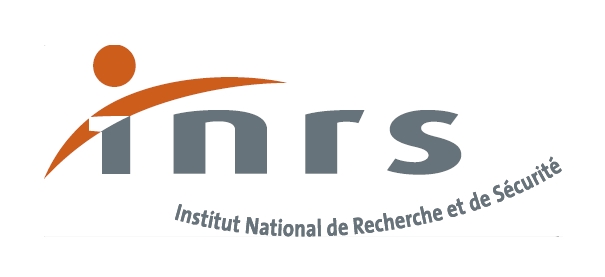Modeling alarm detection in noise for normal and hearing-impaired listeners: the effect of elevated thresholds and enlarged auditory filters
Résumé
A model was developed to assess how elevated absolute thresholds and enlarged auditory filters can impede the ability to detect alarms in a noisy background, such alarms being of paramount importance to ensure the safety of workers. Based on previously measured masked thresholds of 80 listeners in five groups (normal hearing to strongly impaired), the model was derived from signal detection theory (SDT) applied to Glasberg and Moore's excitation pattern model. The model can describe the influence of absolute thresholds and enlarged auditory filters together or separately on the detection ability for normal hearing and hearing-impaired listeners with various hearing profiles. Furthermore, it suggests that enlarged auditory filters alone can explain all of the impairment in this specific alarm detection task. Finally, the possibility of further development of the model into an alarm detection model is discussed.
| Origine | Fichiers produits par l'(les) auteur(s) |
|---|
